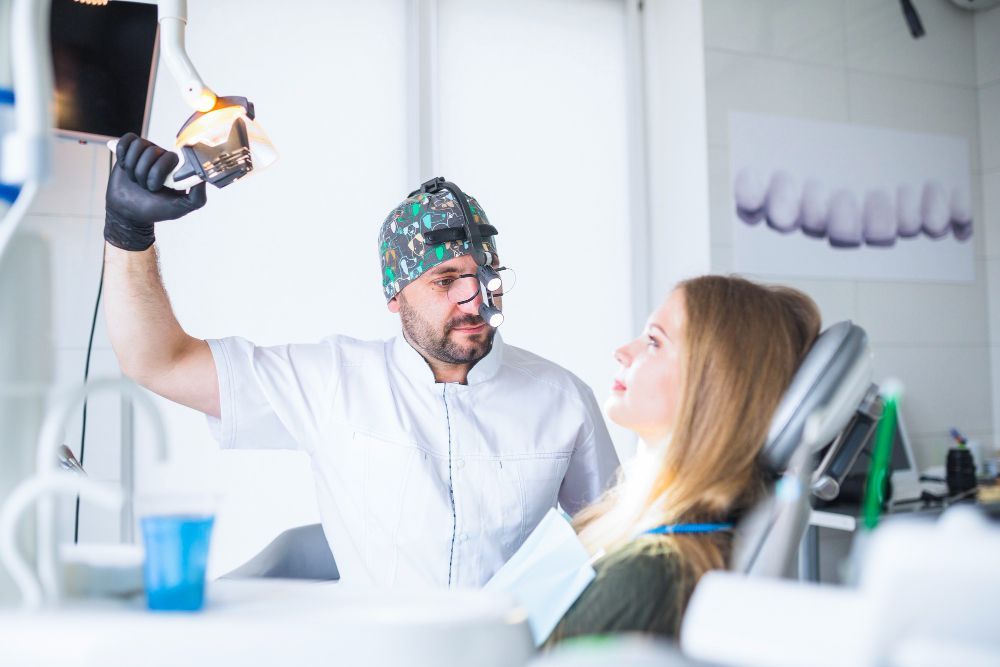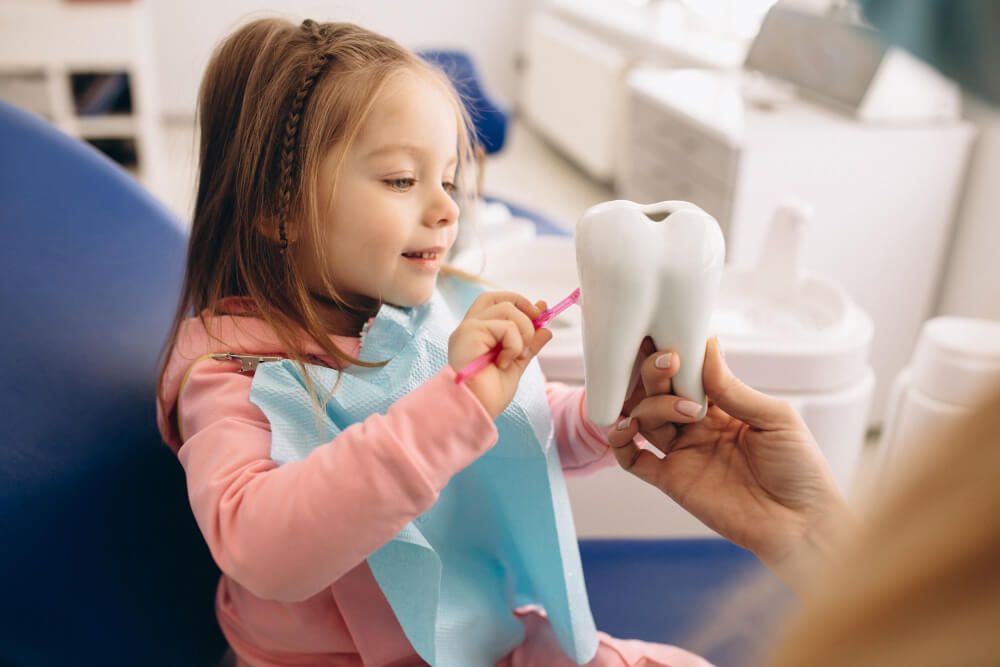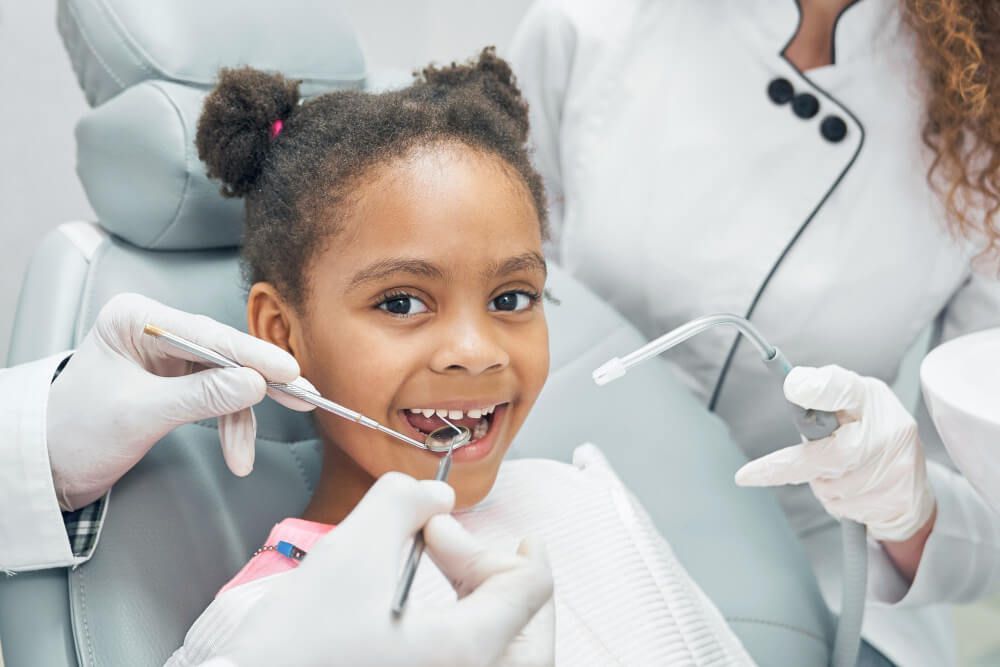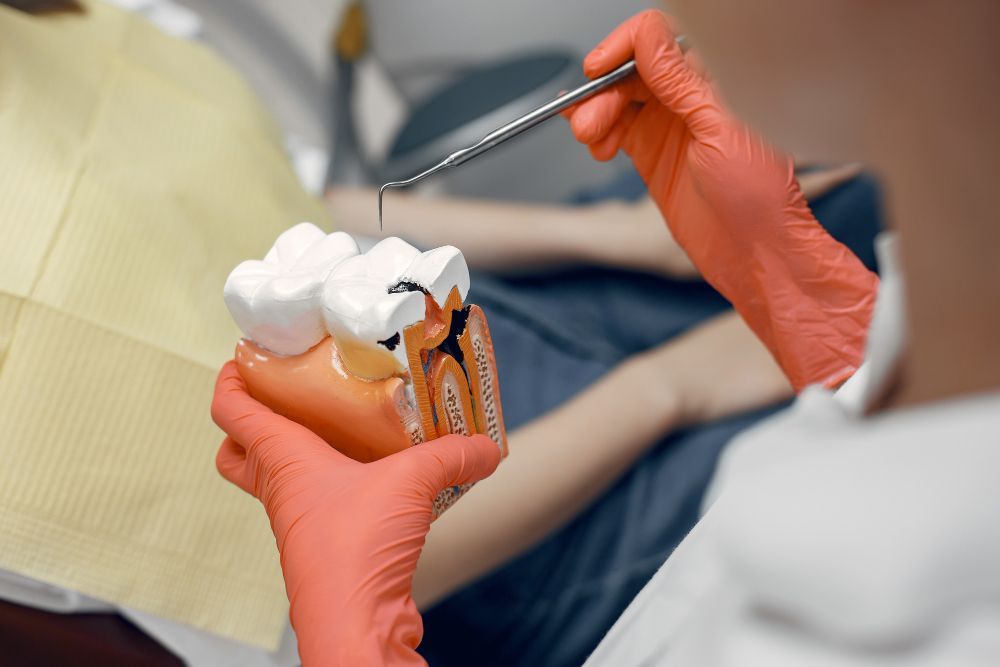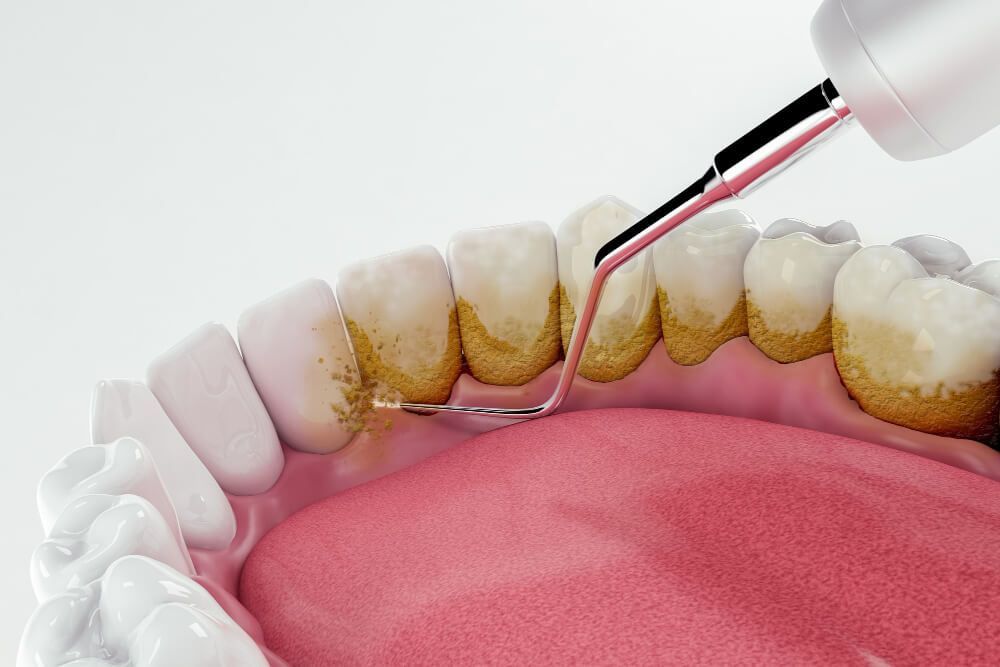Breastfeeding and dental health: benefits for children
Breastfeeding and dental health: benefits for children

Breastfeeding is the superior method of infant feeding. The benefits of breast milk include: ideal nutritional content, better absorption, lower frequency of food allergies, facilitation of psychological development, improved immunity and a substantial economic advantage.
But there is another notable benefit: the positive effects on the development of the child's oral cavity, including perfect modeling of the hard palate with proper dental alignment and fewer malocclusion problems.
Effects of breast milk on the child's dental health
The key to successful breastfeeding is proper attachment and swallowing of the infant to the breast. When attachment to the breast is effective, the infant brings the nipple into the mouth along with some of the areolar tissue, and extends the tongue beyond the lower gingival ridge.
The lips are curved outward, sealed over the areolar tissue, creating a good seal. At an early stage, sucking is necessary to make the seal and to stretch the breast and nipple into the mouth, up to the junction of the hard and soft palate.
The baby must compress the areolar tissue, as the maternal milk sinuses lie beneath this area. By compressing the breast area, the outflow of milk through the many holes in the nipple is encouraged.
The child's dental health depends to a large extent on sucking from birth.
Effects of breast- or bottle-feeding on the development of the oral cavity
Active sucking at the breast favors the development of the jaw by strengthening the masticatory muscles. The "milking" action of the tongue during breastfeeding is more important than the sucking of milk.
The sucking motion of the bottle may hinder the formation of strong jaw muscles. Early bottle feeding may cause sucking problems.
Early stages of oral cavity development
The palate is malleable, almost like soft wax. Therefore, when an object is pressed against the tender bony structure, the palate can mold into an unnaturally narrow shape.
Over time, this leads to improper alignment of the teeth, and the V-shaped palate correlates in many people with malocclusions.
This dynamic also explains how the posterior teeth of the upper jaw are forced inward causing the "reverse bite".
Once a malocclusion has developed, it causes a domino effect that damages the rest of the mouth.
Other childhood habits can contribute to malocclusions
Prolonged sucking on the fingers causes an anterior open bite, with proinclination and protrusion of the maxillary incisors, elongation of the upper arch and anterior displacement of the maxilla.
The type of malocclusion includes inverted bite, reduced arch width, reduced anterior face height, rotation of the mandibular plane angle, open bite and tongue-interposition swallowing.
Recommendation
- You should know that breast milk, as well as formula milk, contains sugar. Therefore, it is important to take care of your baby's teeth from the beginning.
- A few days after birth, start cleaning your baby's gums carefully every day, using a soft, damp gauze. As soon as the first tooth comes in, brush it twice a day.
- Use a fluoride toothpaste in an amount no more than a spot or the size of a grain of rice.

